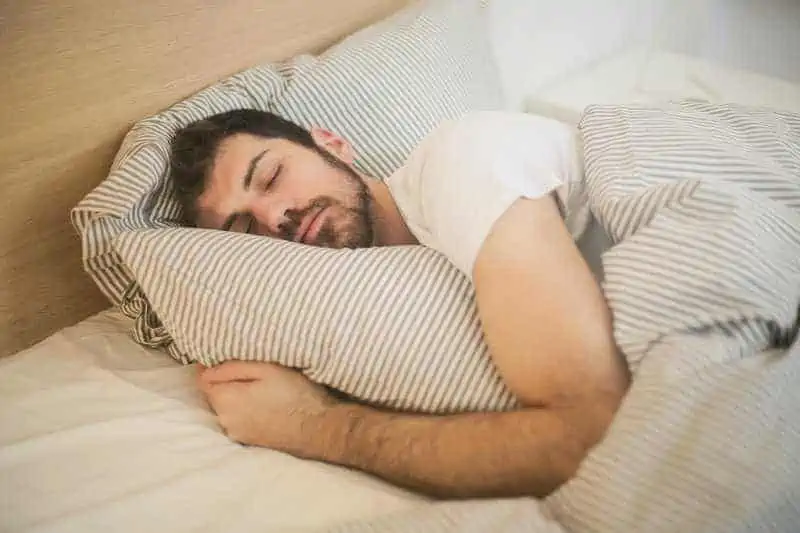
Sleep apnea is a serious condition that can affect both children and adults. It can cause some concerning overall health issues and, in children, behavior concerns. Recognizing the signs of sleep apnea is one of the most important ways you can help spot a problem and seek treatment. In this blog, your dentist in Madison will cover some of the most common signs of sleep apnea as well as some of the complications it can cause.
Sleep apnea is a condition that occurs when a person stops breathing while sleeping. This can happen for a few seconds or longer, and you may not even know it’s happening. Interruptions in breathing during sleep can cause oxygen levels to drop and carbon dioxide levels to rise, making sleep and rest difficult to achieve.
Signs and symptoms of sleep apnea may appear during sleep as well as when you are awake. Pay attention to your sleep habits and how you feel while awake, and keep an eye out for:
If you notice any of the signs of sleep apnea, schedule an appointment with your dentist in Madison.
Sleep apnea occurs when the throat muscles relax so much during sleep that they block the airway, making breathing difficult. This can happen for a number of reasons:
Other risk factors that can make someone more prone to developing sleep apnea include high blood pressure, type 2 diabetes, Parkinson’s disease, and smoking.
The first step in getting a proper diagnosis is to see your dentist in Madison for an evaluation. The next step can vary depending on your symptoms and exam. The following step may include tests such as a sleep study, measurement of oxygen levels overnight, or an electrocardiogram. Your dentist may also examine the size of the tonsils.
Treatment varies from patient to patient and can range from:
Sleep apnea can be scary, but treatment is available. If you’re experiencing symptoms of sleep apnea or you share a bedroom with someone who has symptoms, consider talking with your dentist. Come prepared with symptoms and a log of when you notice them as well as any family history of sleep apnea.